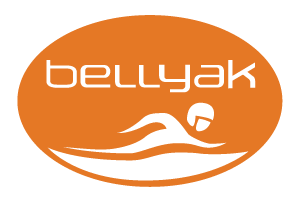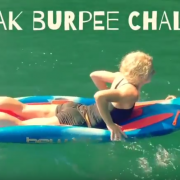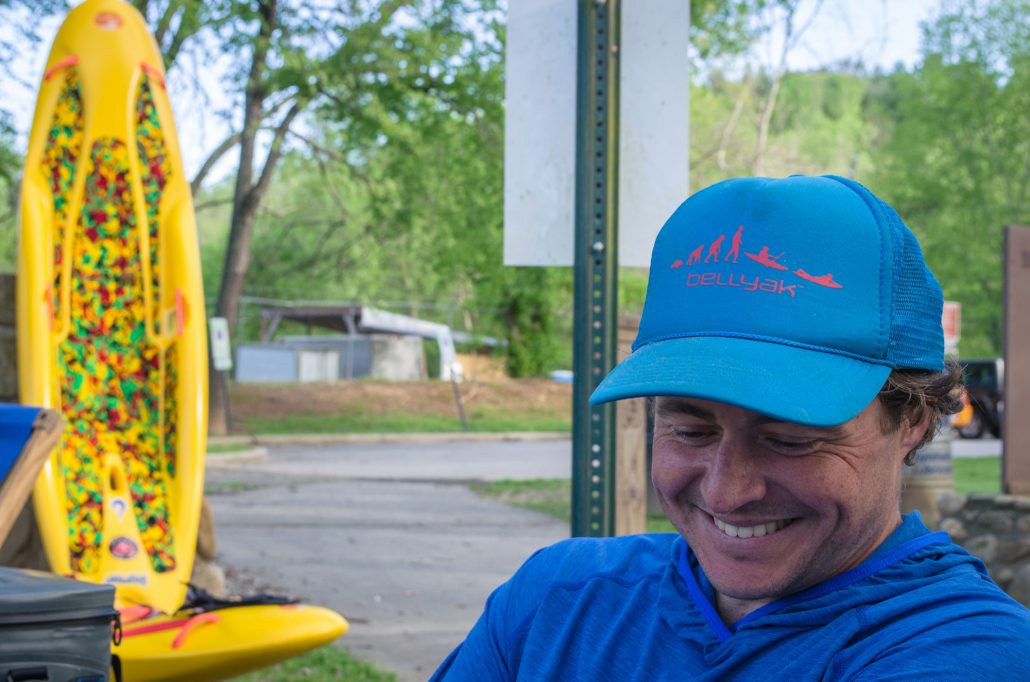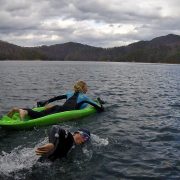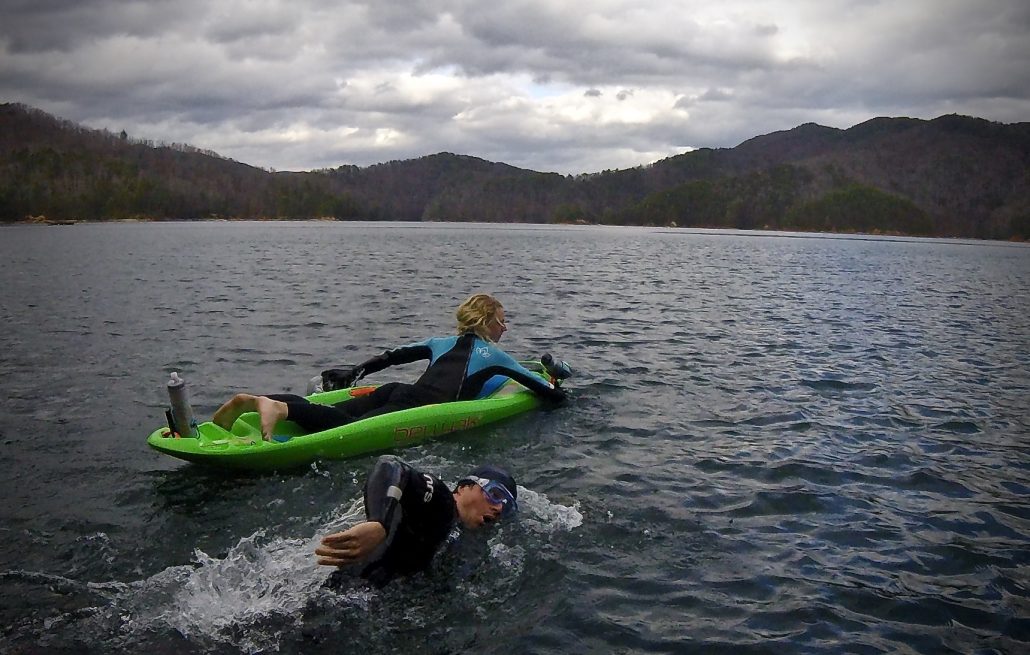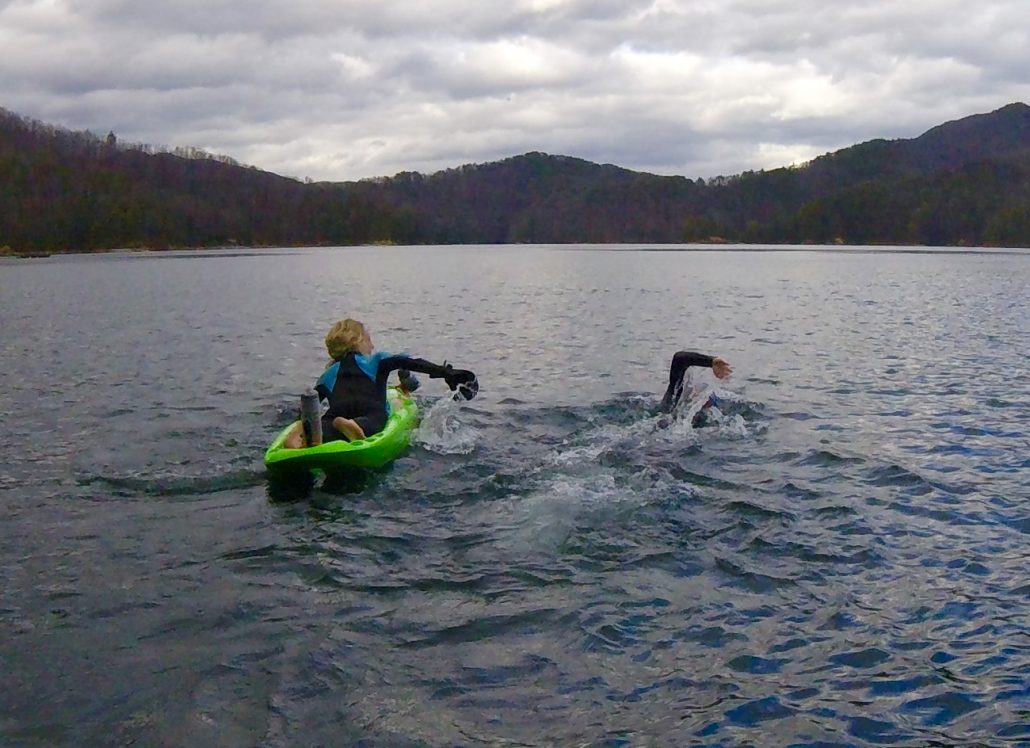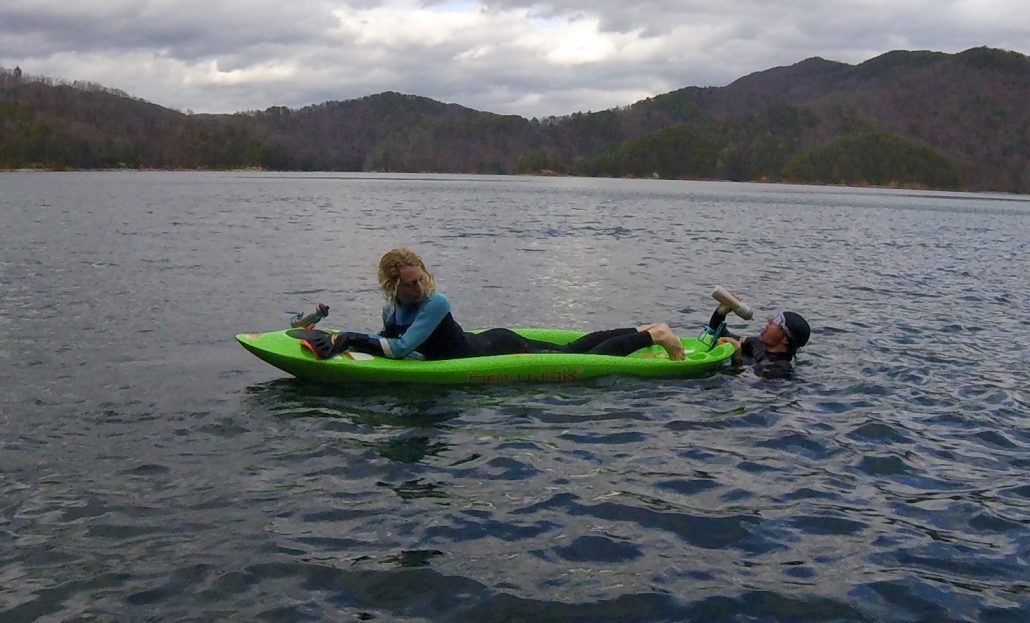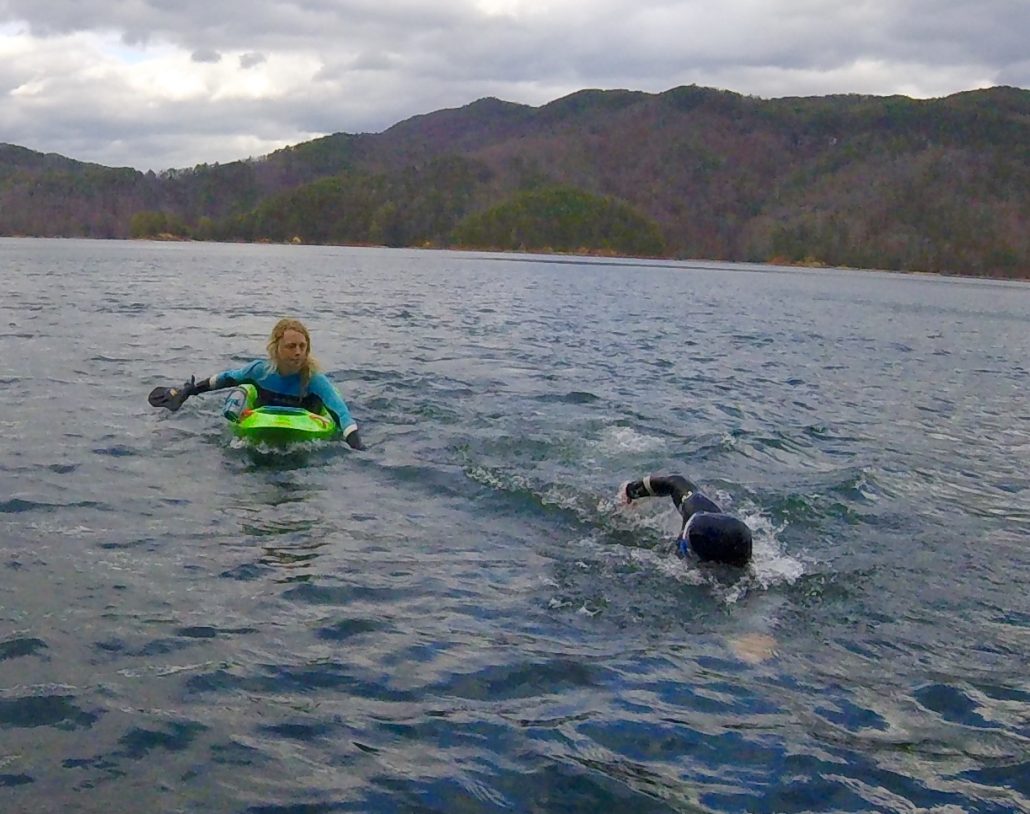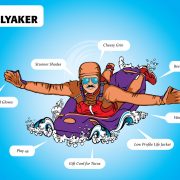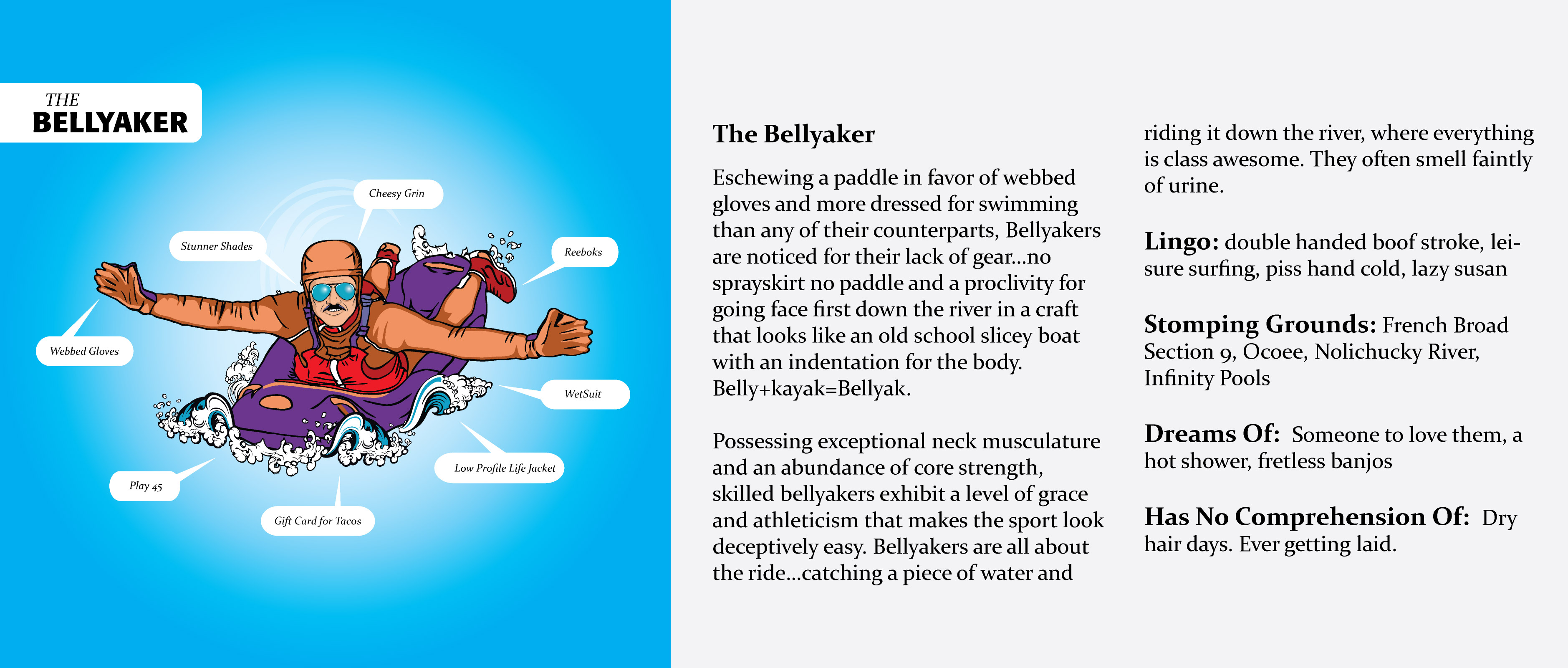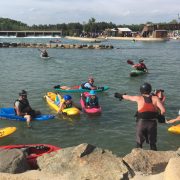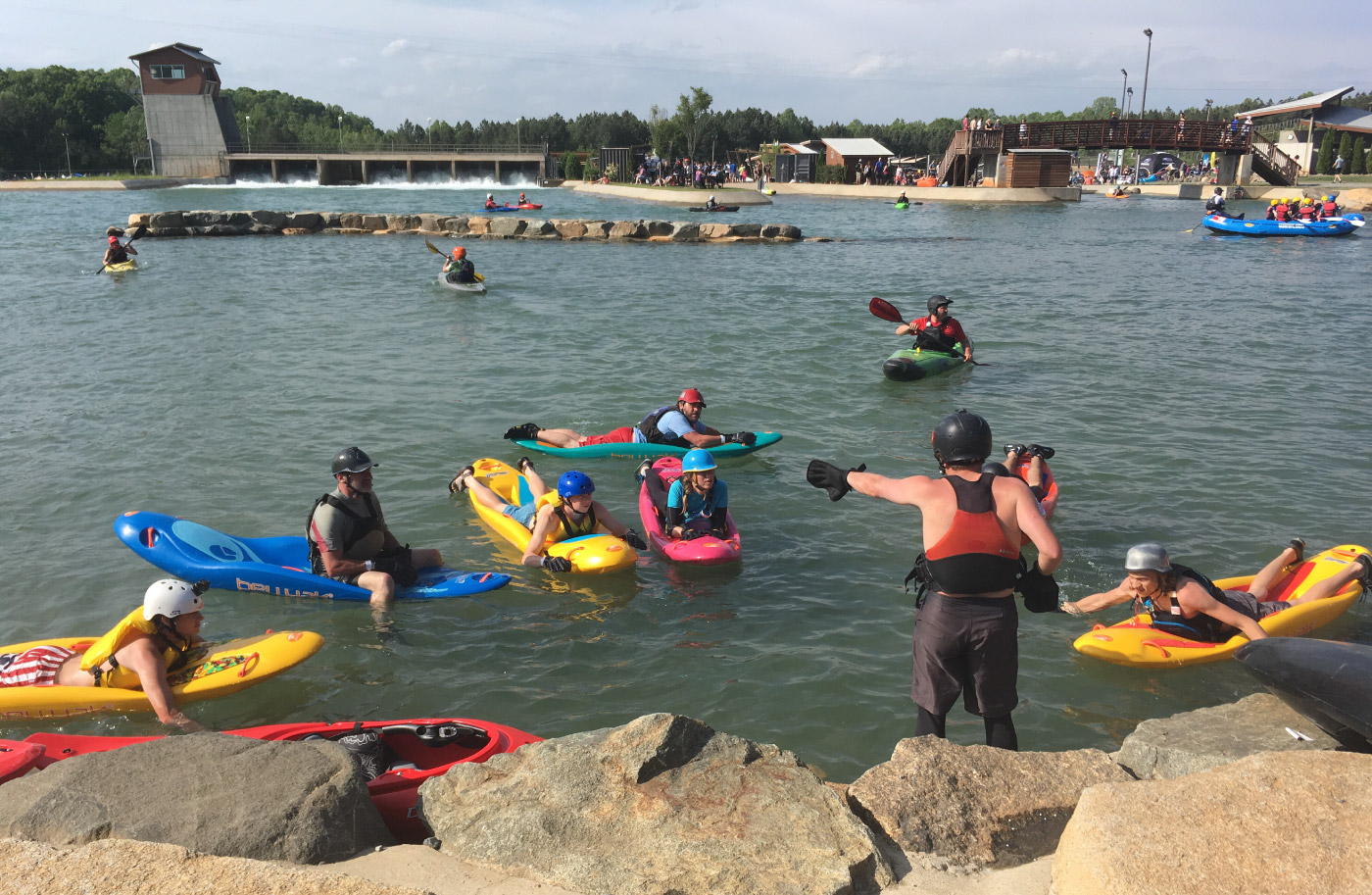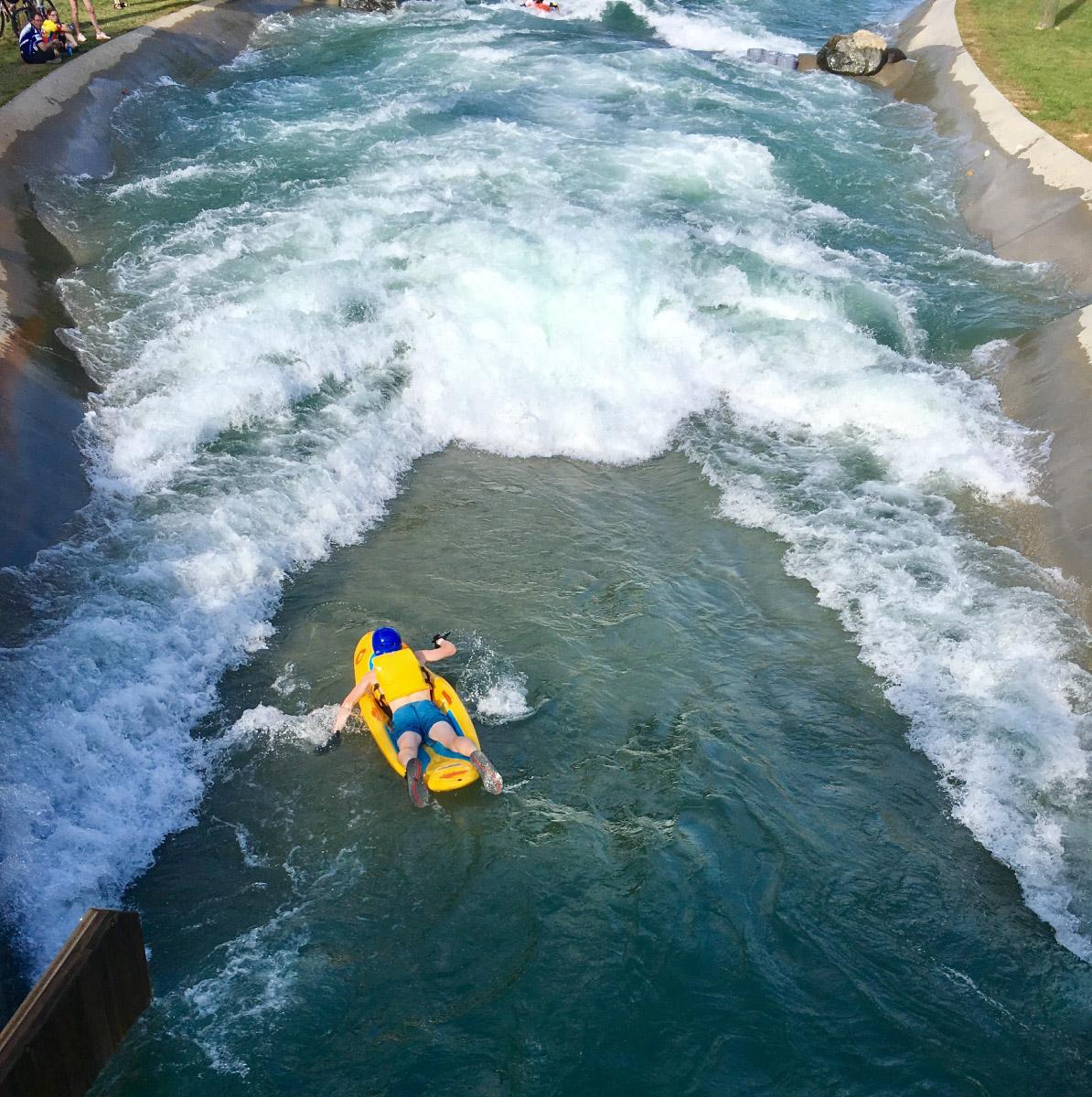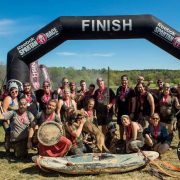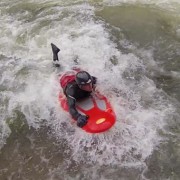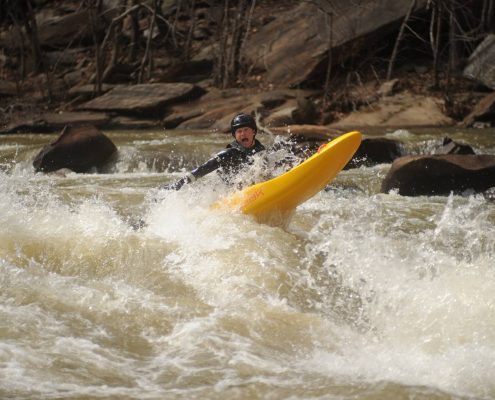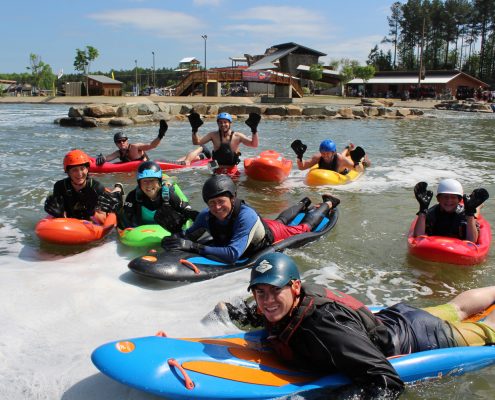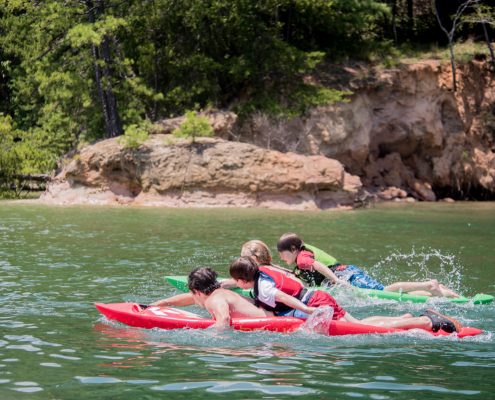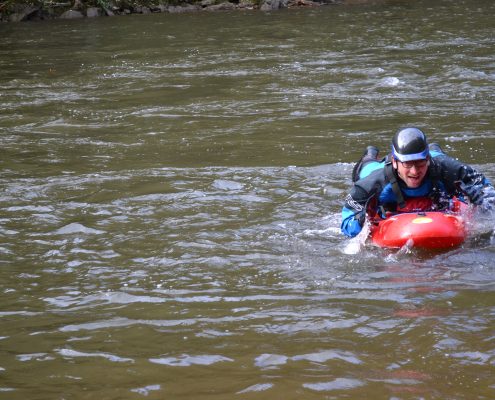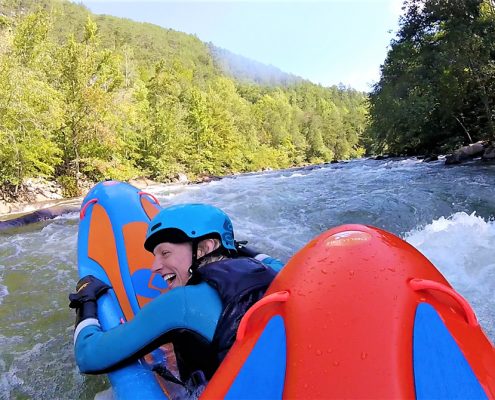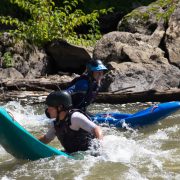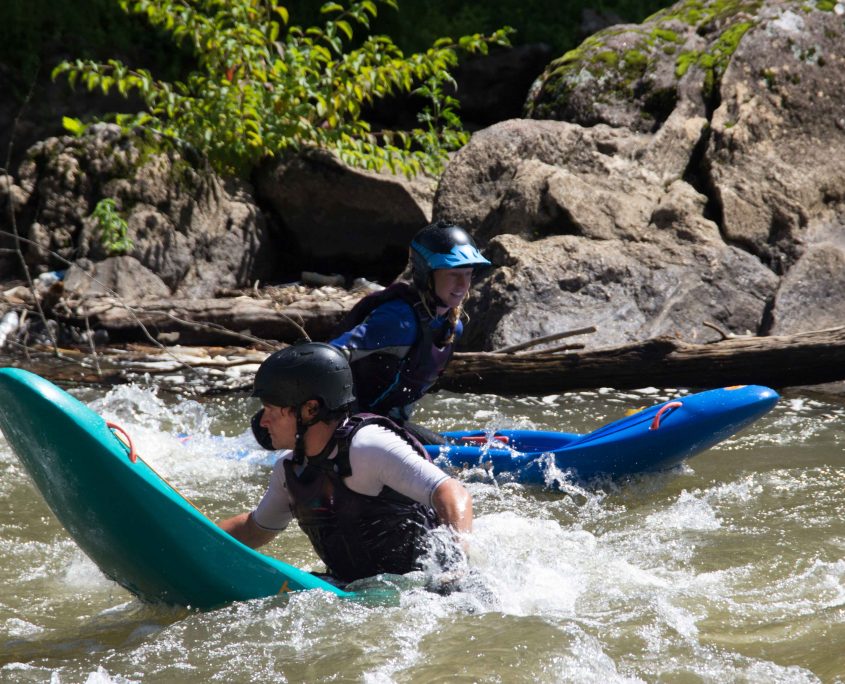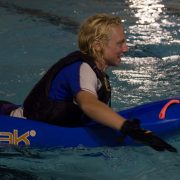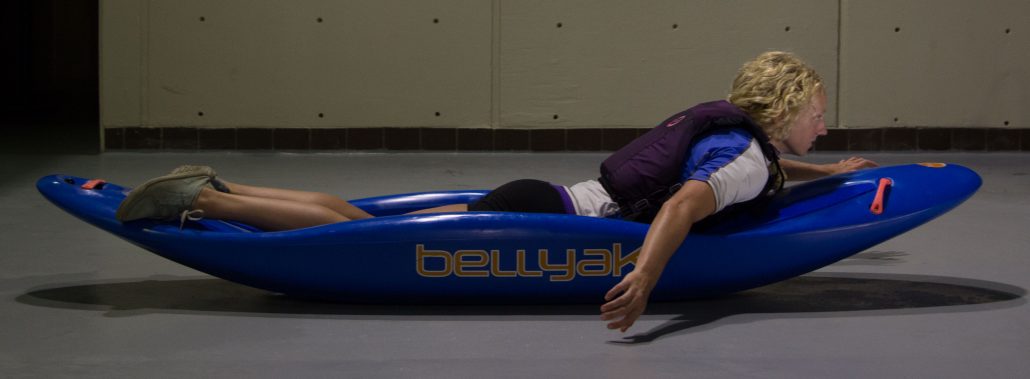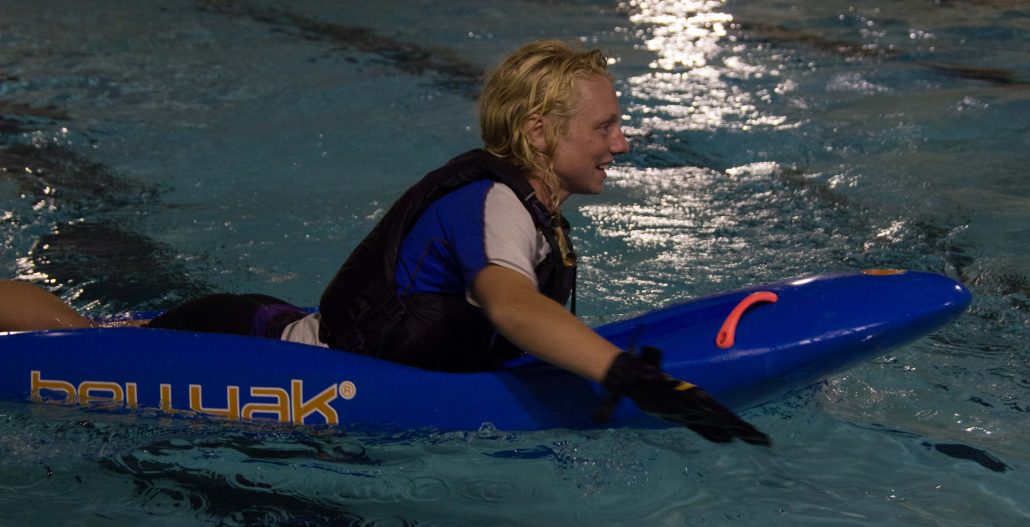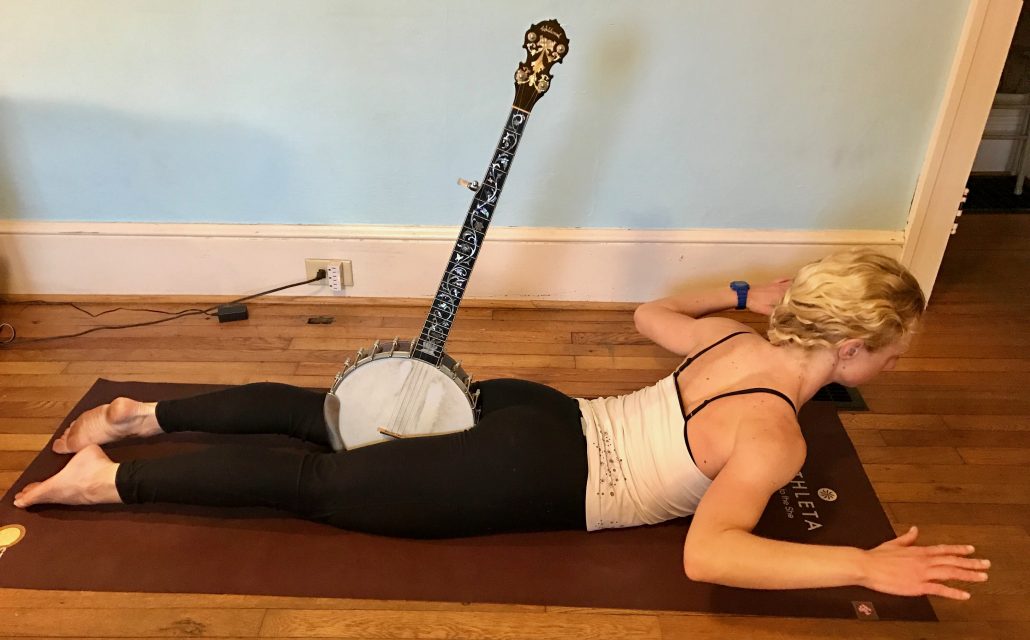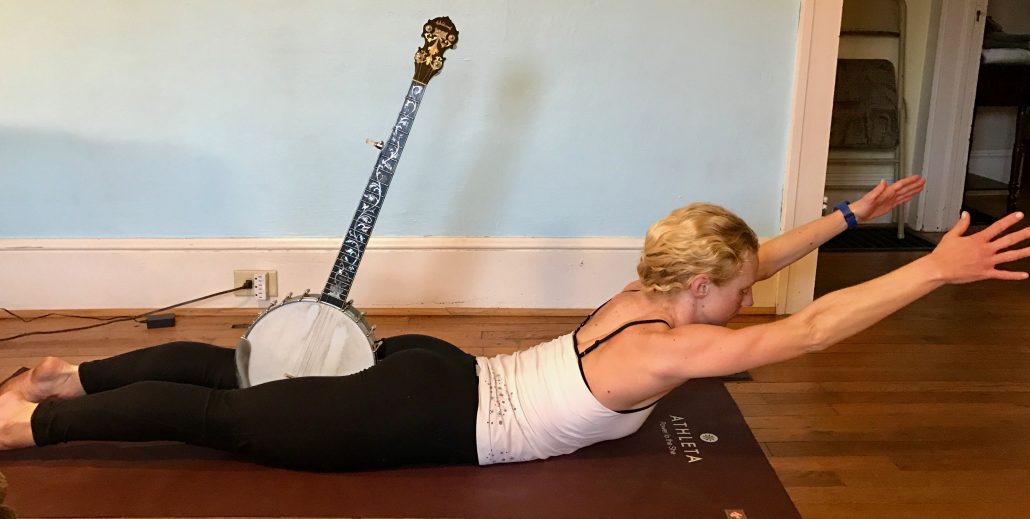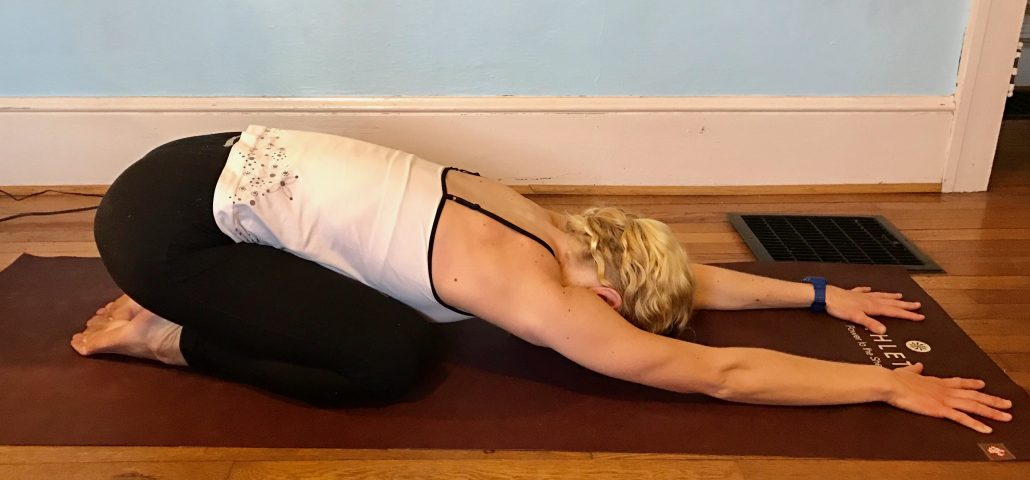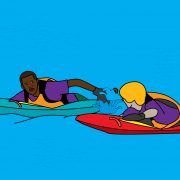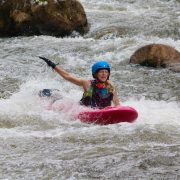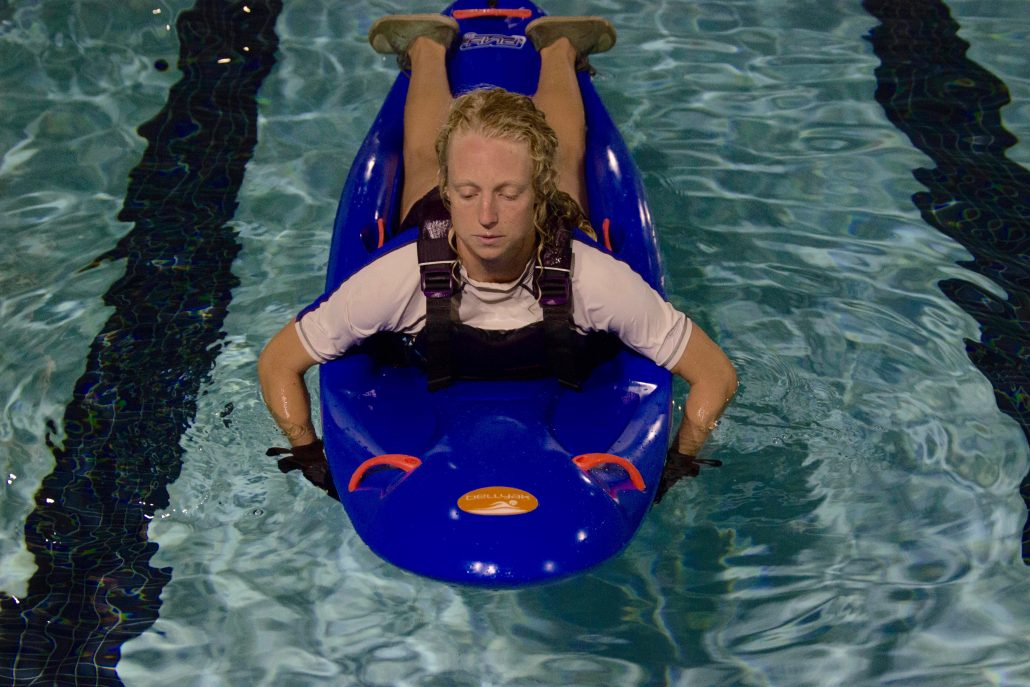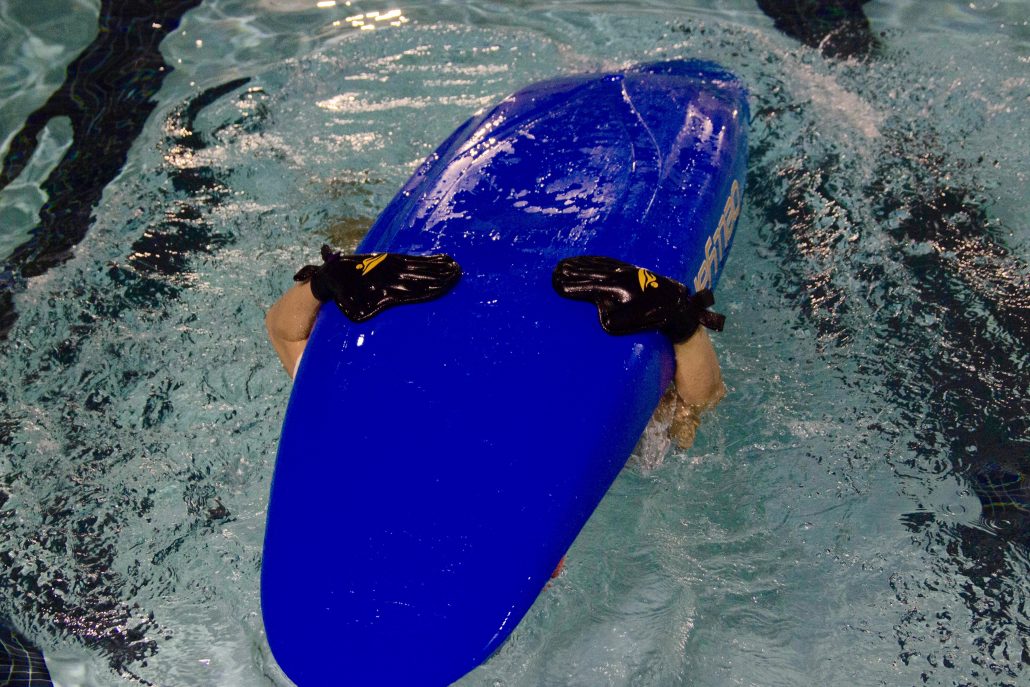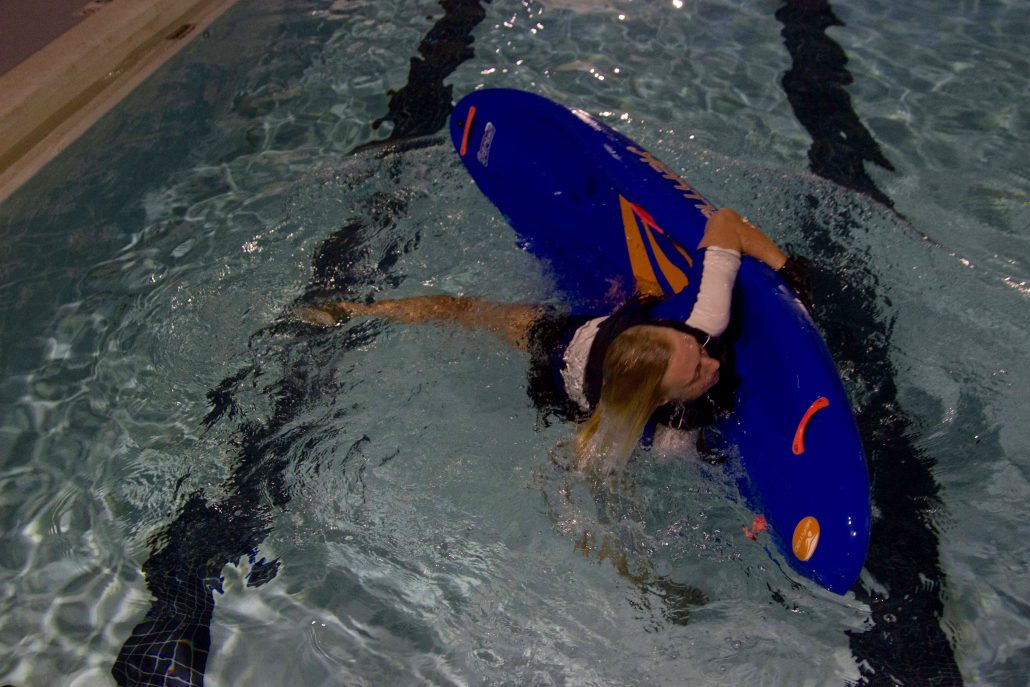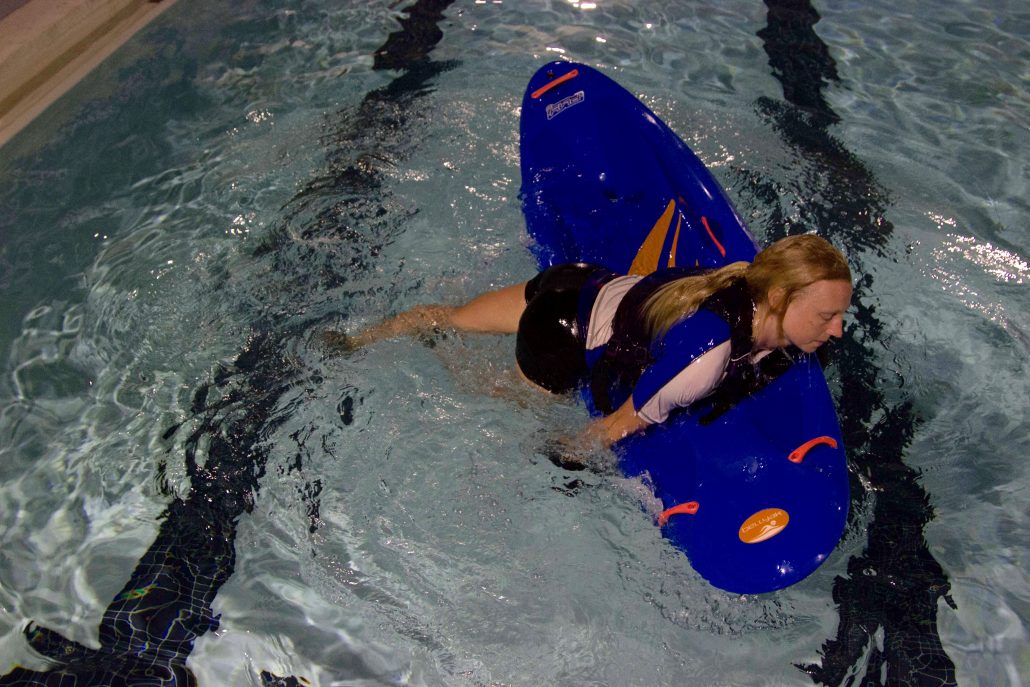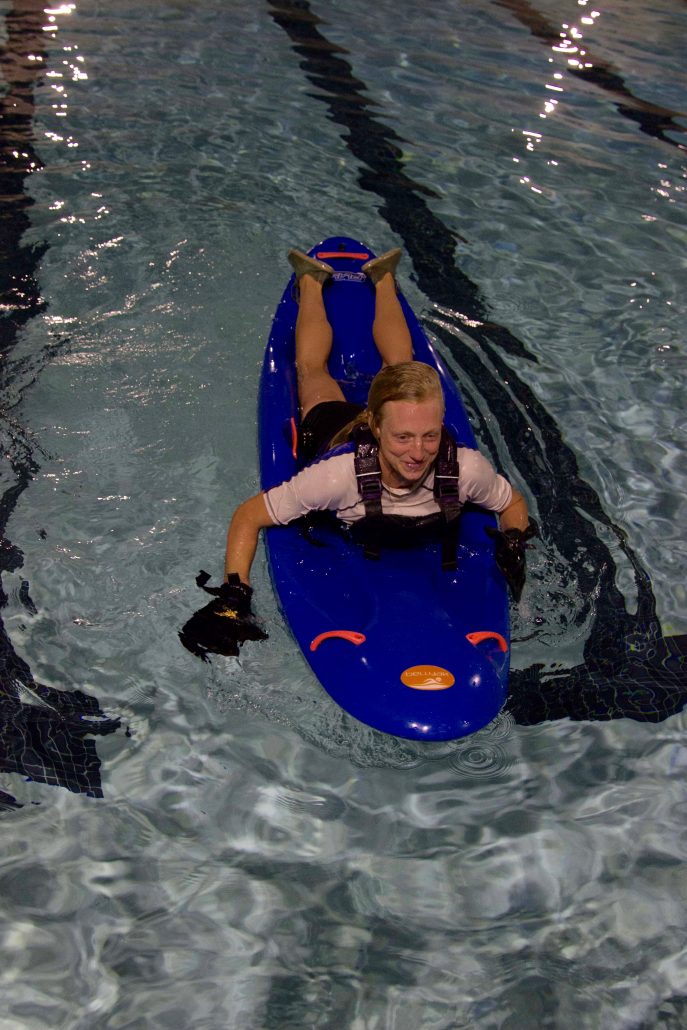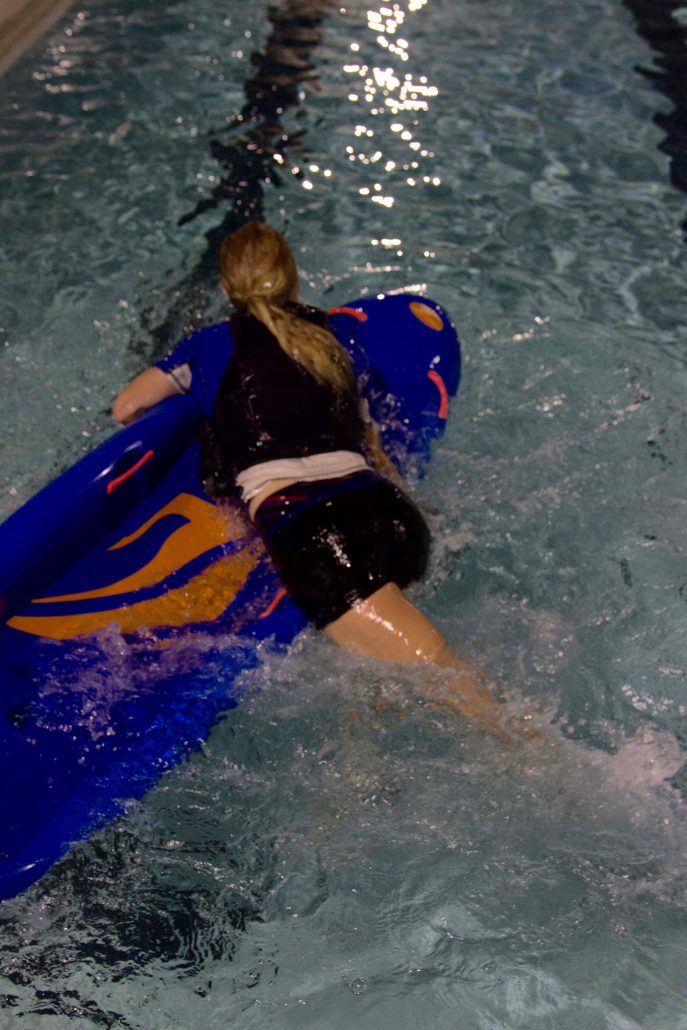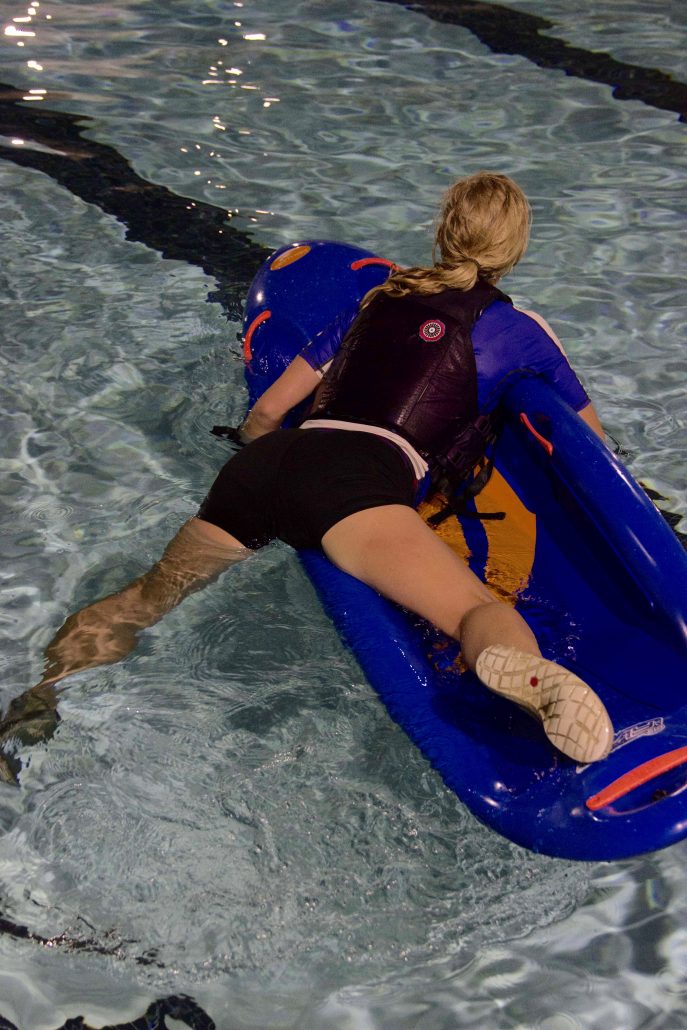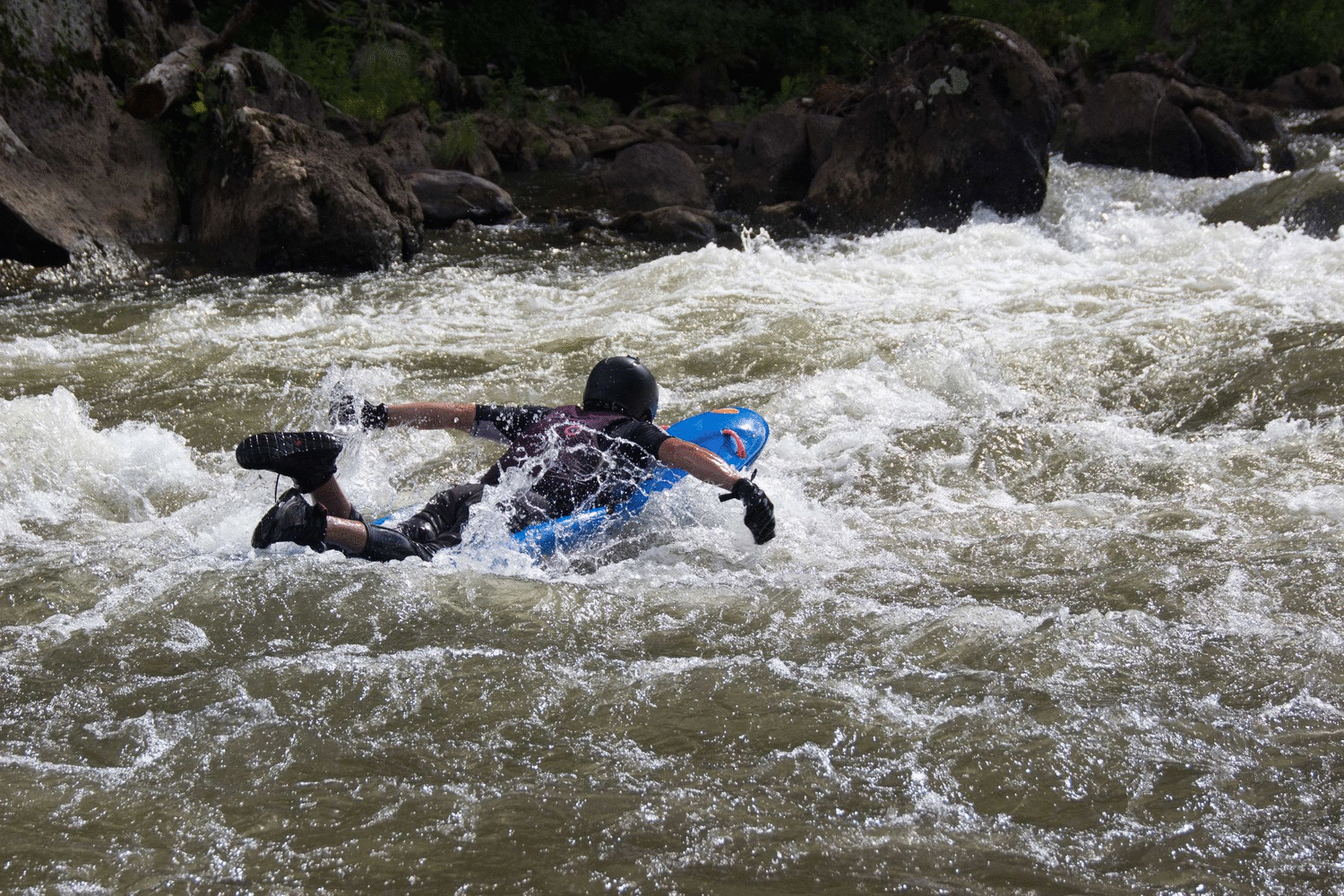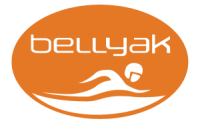Paddling rivers is fun. It’s exhilarating to put on a whitewater river and know that you are going to travel several miles with nothing but a paddle and a purpose built boat. It’s also easy to take it for granted. Getting in and out of a boat and using our arms to propel it forward may seem simple, but can be incredible challenging to others – adaptive athletes. Through the evolution of the bellyak however, we’ve discovered a way to open up the same exhilaration to the differently-abled too.
From Toy to Tool for Transforming Lives
Bellyaks started out as an awesome way to play on the river in a high performance toy designed to navigate whitewater. In the process of using them, we realized that eliminating the sprayskirt and shortening the learning curve of traditional kayaking doesn’t just offer an insanely fun way to experience nature and get a workout. It also offers a solution for adaptive athletes no other product does. Swimming (or kayaking) isn’t always that easy, or even possible. But, through an intuitive and easy to use package, bellyaks allow these athletes to experience mobility, balance and exercise in a new way. As a result, the bellyak has become a tool that helps people transcend their scars and focus on the experience of NOW and who they want to become. As a business owner, seeing the experiences of people like William Blakely and Kyle Morgan have made me realize how important this is. Far more than just having a fun way to go down rivers.
More Heart Than Scars
We’ve recently been actively looking for more ways to get involved with adaptive athletes and those who would benefit from our innovative designs. With this in mind, we set up a booth at our local MS Walk to support their cause and to introduce people to the bellyak. The first person we met was a big, friendly, bearded guy named Zackary Paben, or Nubs as his friends call him. Zack, it turned out, is the founder of an amazing non-profit: More Heart Than Scars. Their mission:
For people with More Heart Than Scars
& their loved ones.
From trauma to disease,
together we transcend
our visible and invisible scars!
How They Help Adaptive Athletes
Among other things, Zack helps differently-abled people compete in Spartan Races – innovative obstacle courses held around the world. In the past, Zack would rig up all manner of sled-like contraptions to get his competitors through the mud pits, under the barbed wire, and as a means of transport. A lifelong paddler, he had been dreaming of something that was light, tough, durable, versatile and stable for mud, water and snow that kept the person using it safe. When he saw the bellyak, he knew immediately it was the piece of gear he was looking for. And I knew he was the person and organization I was looking for.
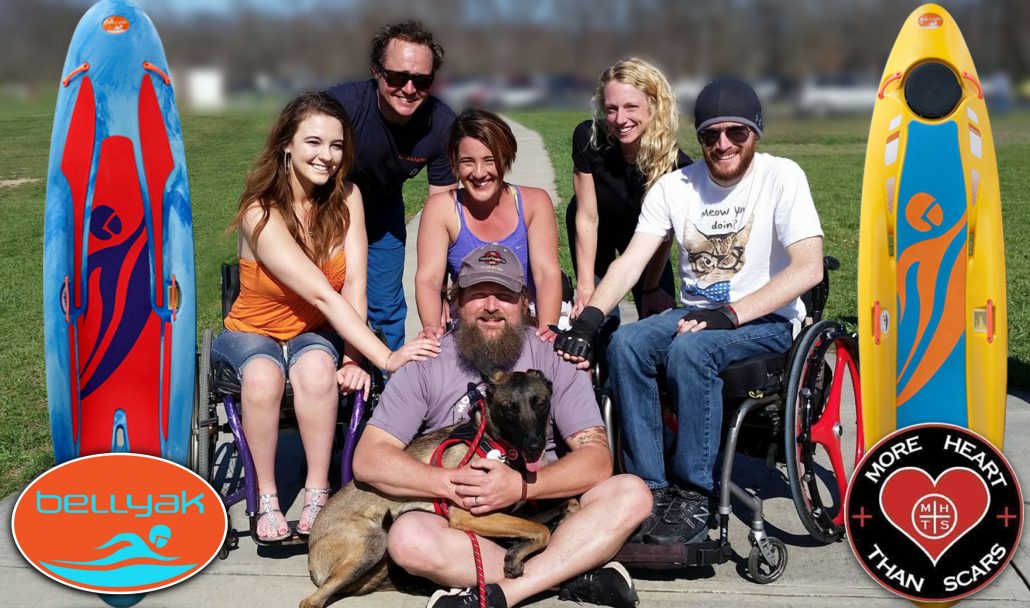
Our Partnership
Bellyak is the first official corporate sponsor of More Heart Than Scars. Our missions align perfectly. They will be using the bellyak as a lightweight adventure sled for their upcoming season of Spartan Races. In fact, they’ve already taken the bellyak out for a spin in the Charlotte Spartan Race, and had a great time:
“Bellyak made it possible for Jesi Stracham, Miss Wheelchair NC 2017, to surf the mud pits with more stability, independence and fun than any of our other spinal cord injured MHTS athletes ever have before. A new world of adventure possibilities has oped with this amazing versatile craft called the Bellyak!”
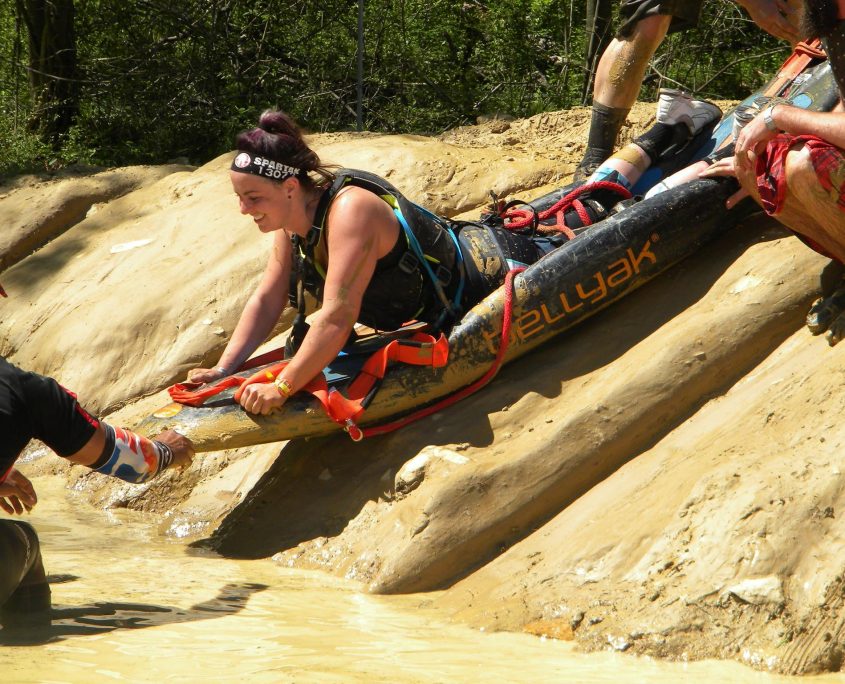
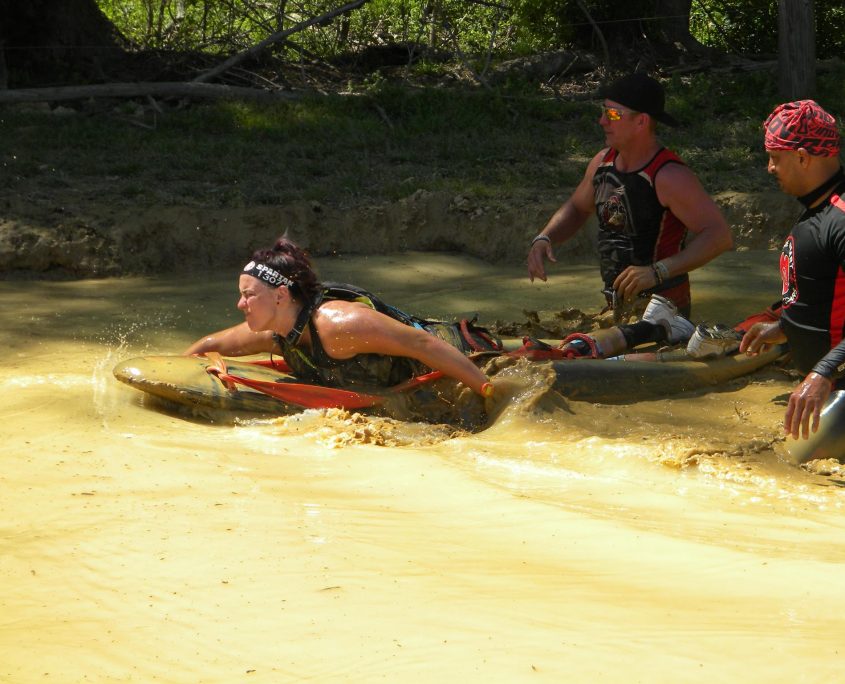
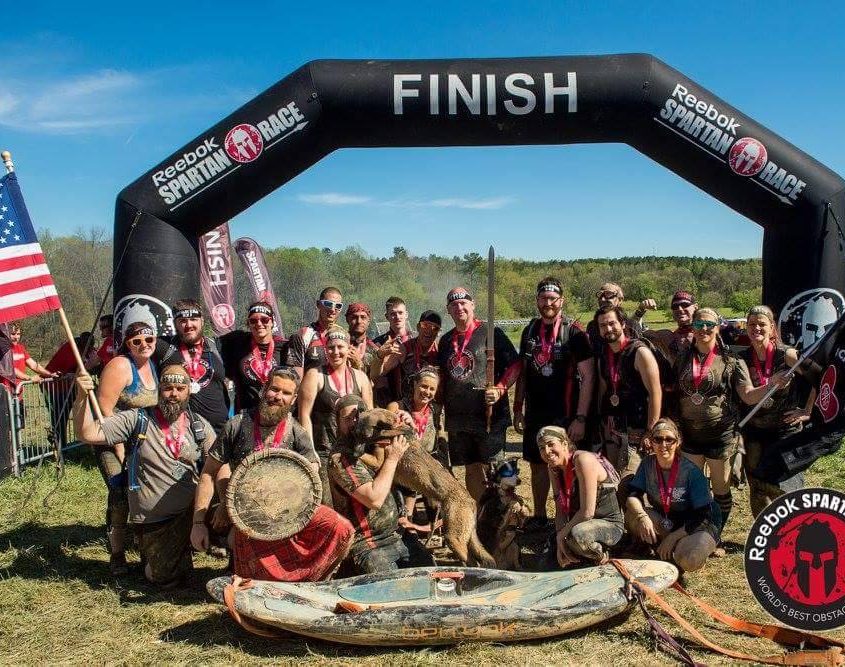
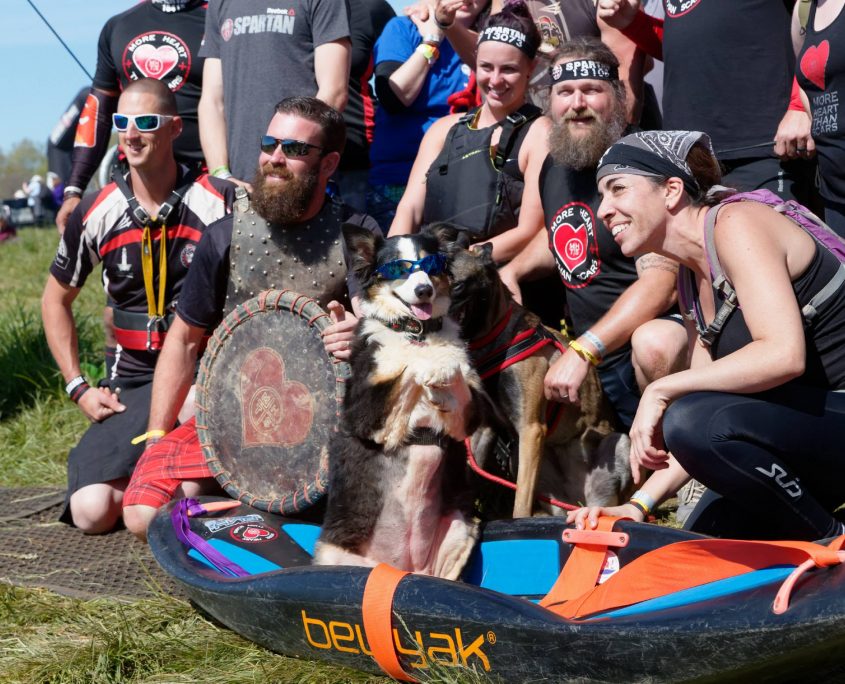
The Future
Through our collaboration, we are going to help get many more people to experience the freedom and mobility of bellyak specifically within Spartan Races. Together we will make a difference in the world, helping show what’s possible and reinforcing that we can better transcend our scars inside and out, together.
For more information on More Heart Than Scars, check out their Facebook page: https://www.facebook.com/MoreHeartThanScars/
